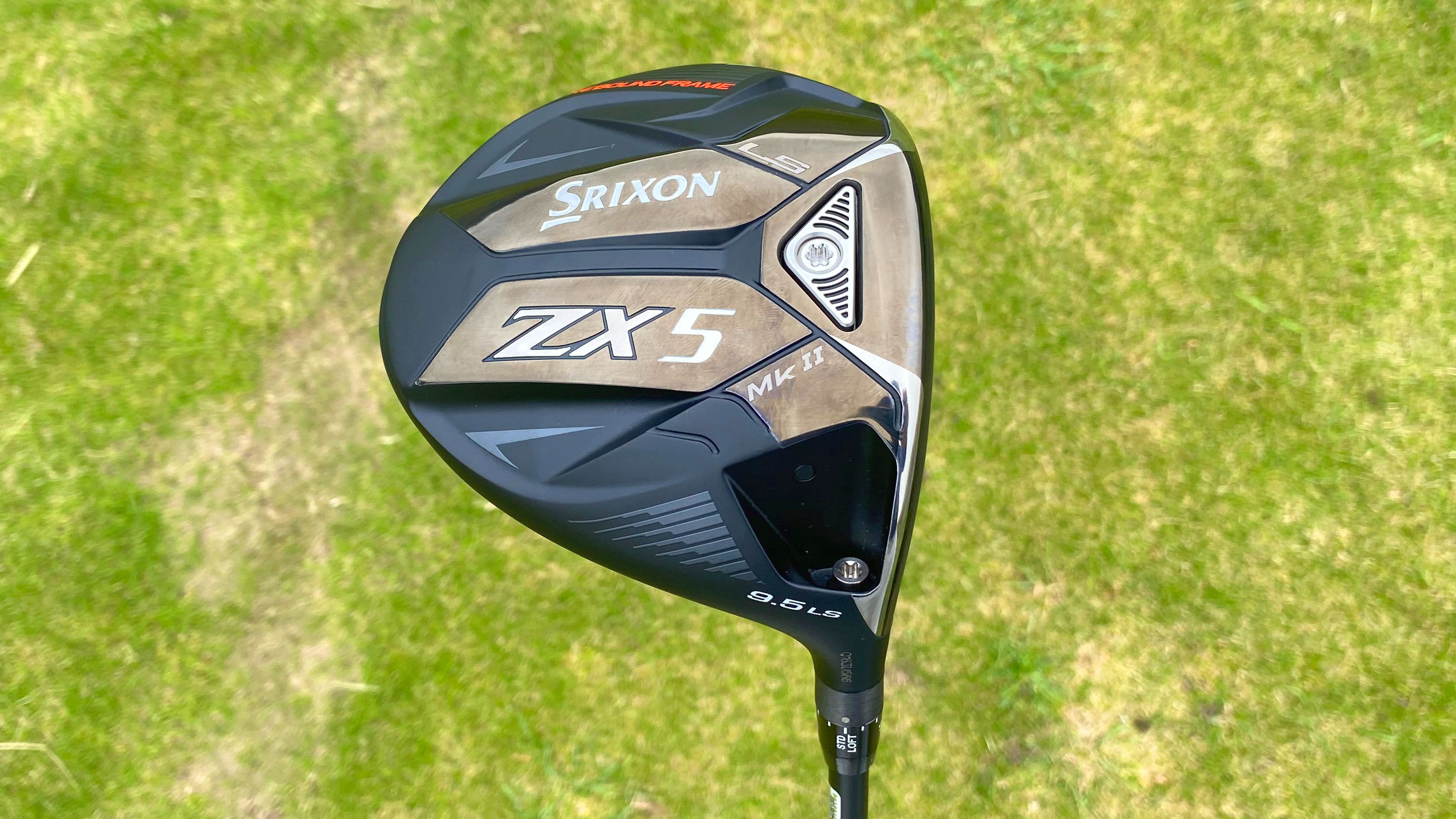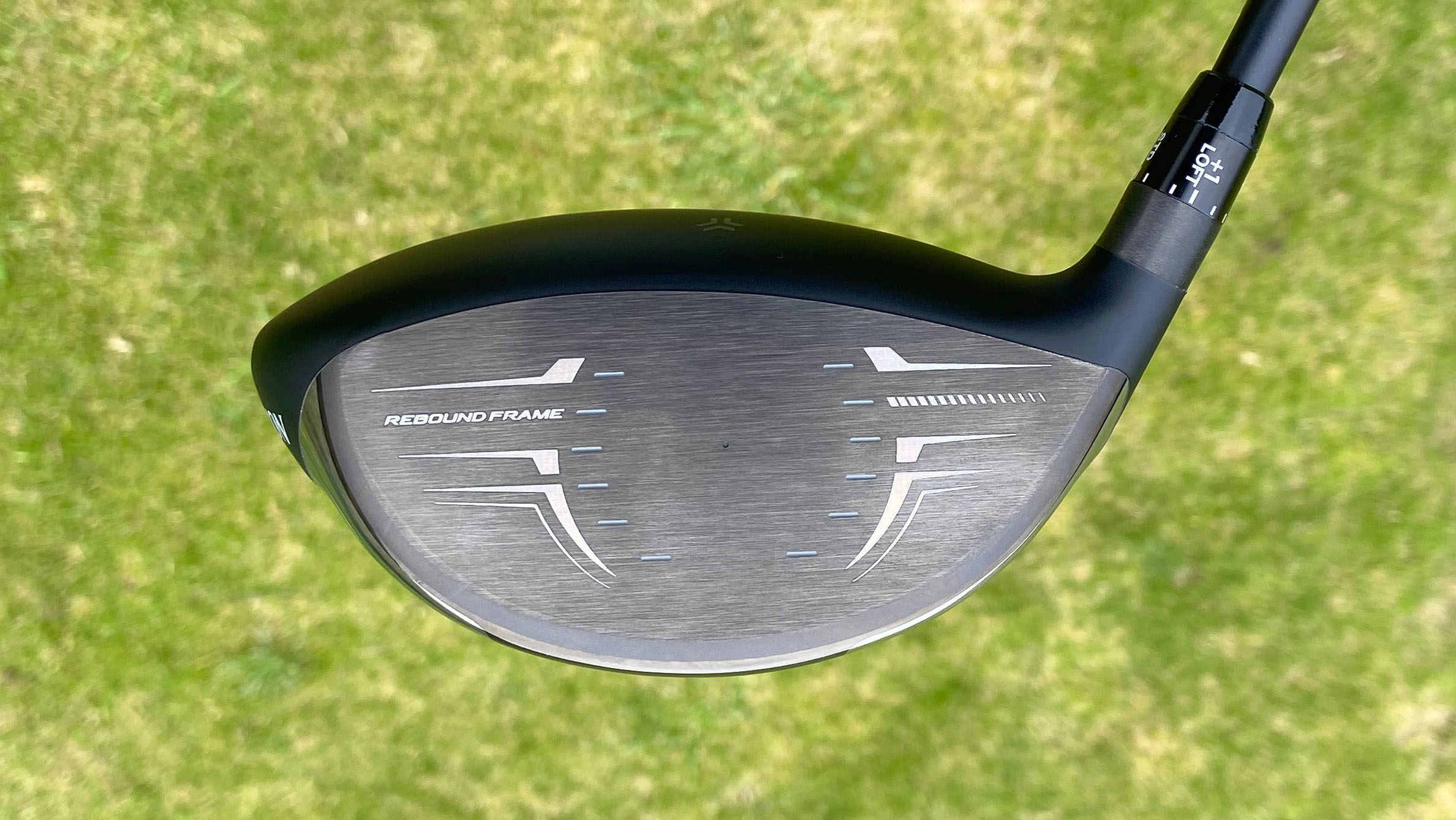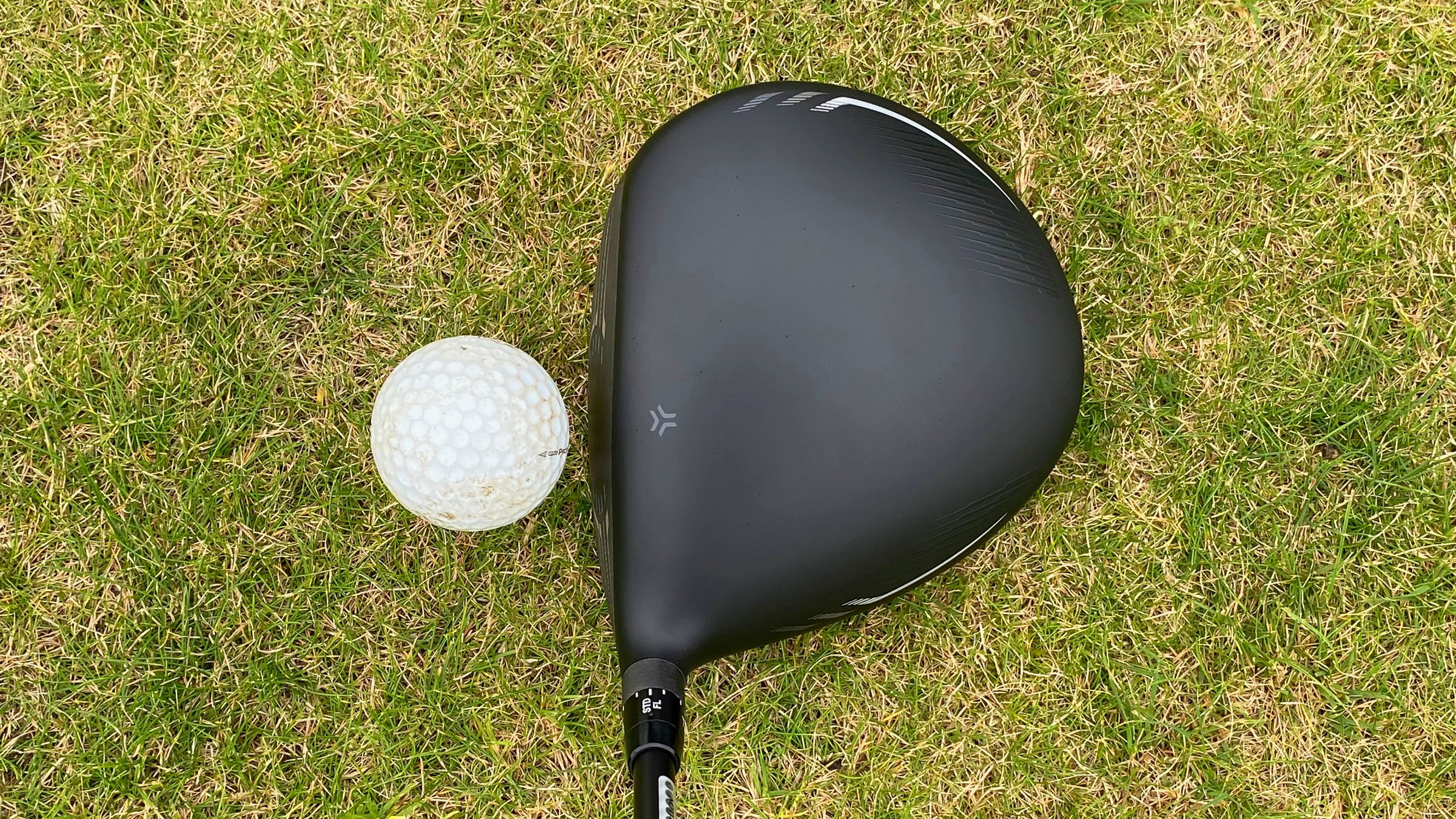Srixon ZX5 LS Mk II Driver Review
Driver expert Joe Ferguson takes a look at the low-spinning offering from Srixon

This low spin offering from Srixon does exactly what it claims it will. It produces a low-spin, penetrating ball flight and ball speeds which would stand up against any driver on the market. Some disappointment in regards to looks and sound only slightly detract from what is a very solid driver.
-
+
Strong, penetrating ball flight
-
+
Solid impact feel
-
+
Significant adjustability
-
-
Sound is loud and high-pitched
-
-
Not as forgiving as some
Why you can trust Golf Monthly

Srixon undoubtedly makes some of the best irons in golf. However, it has been gathering more of a tour presence with their drivers over the past couple of seasons. Srixon staff players such as Brooks Koepka, Hideki Matsuyama, Shane Lowry and Ryan Fox among others, have all had Srixon drivers in the bag at some stage.
Having previously tested the Srixon ZX5 Mk II AND ZX7 Mk II, I was curious to see how the ZX5 LS Mk II driver would compare.

Srixon says that it has increased power at impact of the whole ZX Mk II range, largely down to a stronger Rebound Frame design. Rebound Frame’s two flex zones work together to generate enhanced ball and distance: Zone 1, the driver face, deforms inwardly at impact; Zone 2, a ring of flexibility offset from the face, deforms outwardly. When these two zones snap back to shape just after impact, the compounded energy transfer is more powerful and efficient than standard designs.
In addition to this, the ZX5 LS Mk II features a variable thickness face pattern that is 0.25mm thinner at its centre and 0.4mm thicker at the perimeter than the last generation.
In all honesty, the tech story - as well as the visual - is exactly the same as with the standard ZX5 Mk II model, just with a weight port situated at the front of the head in the LS model, as opposed to the back location of the ZX5 Mk II. This moves CG closer to the face in an attempt to reduce spin.

In terms of this drivers looks, I am a little torn. Whilst I like the understated nature of the dark matte finish, it didn’t really give me the premium aesthetic I was hoping for at this end of the market. In addition to this, due to the lack of texture on the head, I found it picked up distracting blemishes very easily.
For example, I tested the ZX5 LS Mk II in very light drizzly conditions and found that the merest droplet or stray blade of grass left a very noticeable smear that would last for a while even post towel wipe.
Subscribe to the Golf Monthly newsletter to stay up to date with all the latest tour news, equipment news, reviews, head-to-heads and buyer’s guides from our team of experienced experts.
Other than that, the visual is very solid. A pleasingly round head shape sits very squarely behind the ball in the neutral sleeve setting but also provides scope to significantly change the face angle if you so desire. Going down in loft really does push the face angle significantly open which is a look many better players seem to prefer.
The hitting area is a good bit shallower than some of the other best drivers on the market. The Mizuno ST-G driver that I recently tested for example, dwarfs the ZX5 LS Mk II in terms of face depth, but I didn’t notice this have any significant effect other than visually.

The ZX5 Mk II driver (left) up against the deeper Mizuno ST-G driver (right)
With regard to the performance of the Srixon ZX5 LS Mk II, once again there are both significant positives but also a couple of niggling negatives.
On the positive side, the ball flight from well struck drives was exceptional. The redistribution of weight from the standard ZX5 Mk II does exactly what it was intended to do, dropping spin significantly and producing a strong penetrating flight that rivals any of the best drivers for distance on the market.
Ball speed again stands up against any competitors and you really do get a sense of speed from strike with a solid, almost harsh feel at impact which can probably be attributed to the all titanium construction. Less of a dull, thuddy feel, it felt more akin to the feel of knocking two saucepans together! Whilst that might sound unpleasant, I liked it. It really gave me the sense that my hands weren’t being molly coddled by this driver, it lets you know that you are hitting something hard.

Driver tester Joe Ferguson on course with the Srixon ZX5 Mk II driver
To take the tone a little more negative however, two of the positives I just mentioned come with somewhat disappointing side effects.
Firstly, I should point out that it is generally accepted that when moving CG location forward to reduce spin, you will usually see a drop off in forgiveness. To put it simply, having more weight further back increases stability. For example, If I were to push you in your chest whilst you were standing with your feet close together, it is very likely that you would lose your balance. However, you would stand a much better chance of staying upright if you had one foot placed behind you thus moving your CG away from the point of contact.
Unfortunately, this lack of stability seems much more apparent in the Srixon ZX5 LS Mk II than any of the other forward CG, low spin models I have tested recently. I found even my very slightest mishits veering much further offline than I would expect and have become accustomed to, and the drop off in ball speed was significant.

Secondly, the sound. Maybe my ears have become soft in their old age and spoiled by the more subtle, delicate tones of the modern multi-material driver, but I did find the sound very off-putting. It is an extremely high-pitched and loud audio that I personally feel really doesn’t do the product justice.
Overall, even considering the negatives I have highlighted, I liked the Srixon ZX5 LS Mk II driver. I particularly enjoyed the high ball speeds and penetrating ball flight from a performance perspective. The lack of forgiveness could be an issue for some, but well struck shots really do tick all the right boxes for a driver of its type.
The looks could be more premium and the sound definitely needs attention, but these are both very subjective topics. There are plenty of good reasons to give the Srixon ZX5 LS Mk II a try.

Joe has worked in the golf industry for nearly 20 years in a variety of roles. After a successful amateur career being involved in England squads at every age group, Joe completed his PGA degree qualification in 2014 as one of the top ten graduates in his training year and subsequently went on to become Head PGA Professional at Ryder Cup venue The Celtic Manor Resort. Equipment has always been a huge passion of Joe’s, and during his time at Celtic Manor, he headed up the National Fitting Centres for both Titleist and Taylormade. He’s excited to bring his knowledge of hardware to Golf Monthly in the form of equipment reviews and buying advice.
Joe lives in North Devon and still plays sporadically on the PGA West region circuit. His best round in recent years came earlier in 2023 where he managed a 9 under par 63 at Trevose GC in a Devon & Cornwall PGA Tournament.
Joe's current What's In The Bag?
Driver: Switch between TaylorMade Qi35 and Callaway Elyte TD - both with Fujikura Ventus Black 6-X
Fairway wood 1: TaylorMade BRNR Copper Mini Driver - Fujikura Ventus Black 7-X
Fairway wood 2: Callaway Apex UW 17˚- Fujikura Ventus Black 9-X
Irons: TaylorMade P7CB 3-PW with Dynamic Gold Tour Issue X100 shafts
Wedges: Callaway Opus 50, 54, and 60 degrees - Project X LS 6.0 shafts
Putter: LAB Golf Oz.1 (zero shaft lean)
Ball: TaylorMade 2024 TP5x
Grips: Golf Pride Tour Velvet 60R
Bag: Vessel Player IV Pro DXR Stand